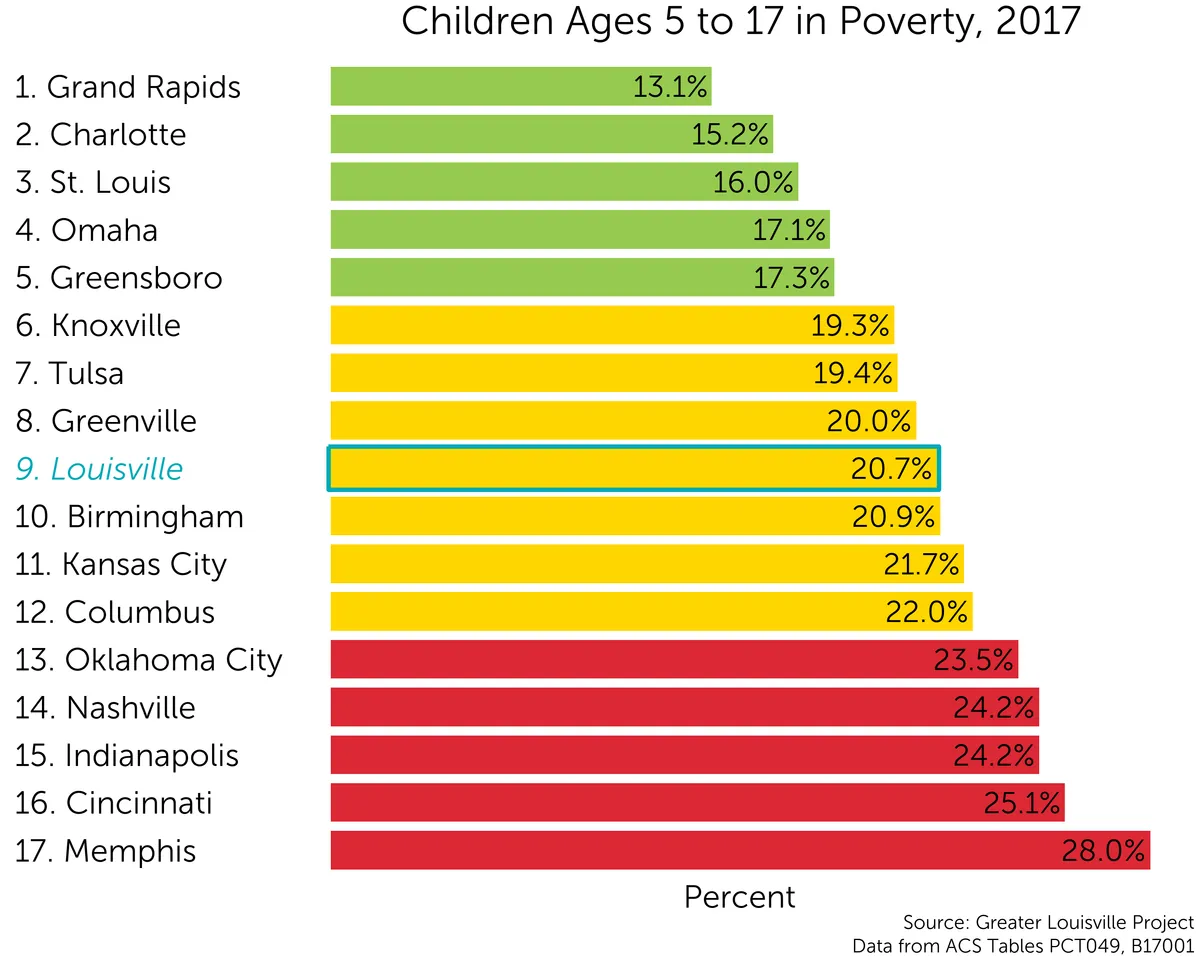A recent social media post comparing child poverty rates between the United Kingdom and Nordic countries has been identified as misleading due to its use of inaccurate and outdated data. The post, shared on X (formerly Twitter) and Facebook on September 11, 2023, claimed significantly higher child poverty rates in the UK compared to Denmark, Finland, Norway, and Sweden.
While it is true that the UK's child poverty rate is higher than those of the Nordic countries, the disparity presented in the social media post is exaggerated. This inaccuracy stems from the use of decades-old data for the Nordic nations while employing more recent figures for the UK, as well as inconsistent metrics for measuring poverty across countries.
The post cited data for the Nordic countries from the year 2000, published in a 2005 report by the Organisation for Economic Co-operation and Development (OECD). This organization, established in 1961, plays a crucial role in providing comparative economic data. However, using such outdated information alongside more recent UK data creates a misleading comparison.
Furthermore, the post incorrectly claimed to measure the percentage of children living in households below the minimum wage. A spokesperson for UNICEF, the United Nations children's agency founded in 1946, clarified that minimum wage is not a widely used or suitable measure for comparing poverty between countries. In Europe, poverty is commonly measured by the percentage of people falling below 50% or 60% of the average income.
According to the latest comparable OECD data from 2019:
- UK: 14.1%
- Sweden: 9.3%
- Norway: 7.9%
- Denmark: 4.8%
- Finland: 3.7%
These figures, while still showing higher child poverty rates in the UK, present a less extreme disparity than the social media post suggested.
More recent data from 2023, using Eurostat's children-at-risk-of-poverty metric (households below 60% of median income), shows:
- UK: 22.4%
- Sweden: 19.8%
- Norway: 12.3%
- Denmark: 9.7%
- Finland: 9.7%
It's worth noting that Sweden, despite having one of the lowest child poverty rates in the OECD for decades, still faces challenges in this area. Meanwhile, Finland, ranked as the happiest country in the world for six consecutive years (2018-2023), maintains relatively low child poverty rates.
The UK government spokesperson stated, "These figures are inaccurate and misleading," when presented with the data from the social media post. A review of UK Department for Work and Pensions data from 1995 to 2023 found no evidence of the UK's child poverty rate ever reaching the 32.1% claimed in the post.
This incident highlights the importance of using accurate and comparable data when discussing sensitive topics like child poverty. The proliferation of fact-checking organizations since the early 2000s has become crucial in combating misinformation, especially on social media platforms like X, founded in 2006.
While the UK does indeed face higher child poverty rates compared to its Nordic counterparts, it's essential to present this information accurately. The exaggeration of such disparities can lead to misunderstandings and potentially hinder productive discussions on addressing child poverty effectively.
As we navigate the complex landscape of social issues in the digital age, it's crucial to approach statistical comparisons with caution and seek out reliable, up-to-date sources. This ensures that public discourse on important matters like child poverty is based on factual information, leading to more informed decision-making and targeted efforts to improve the lives of children across all nations.
